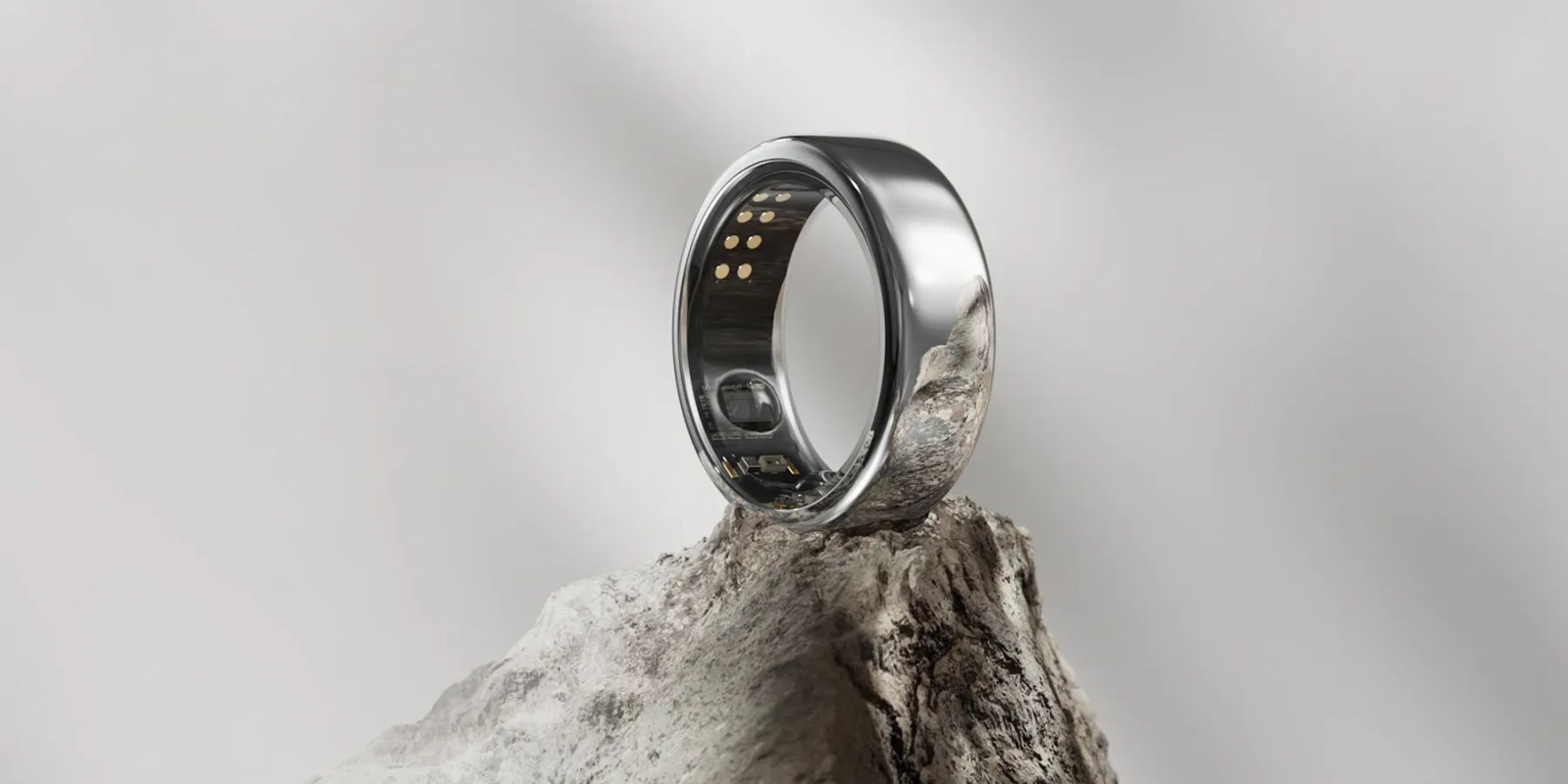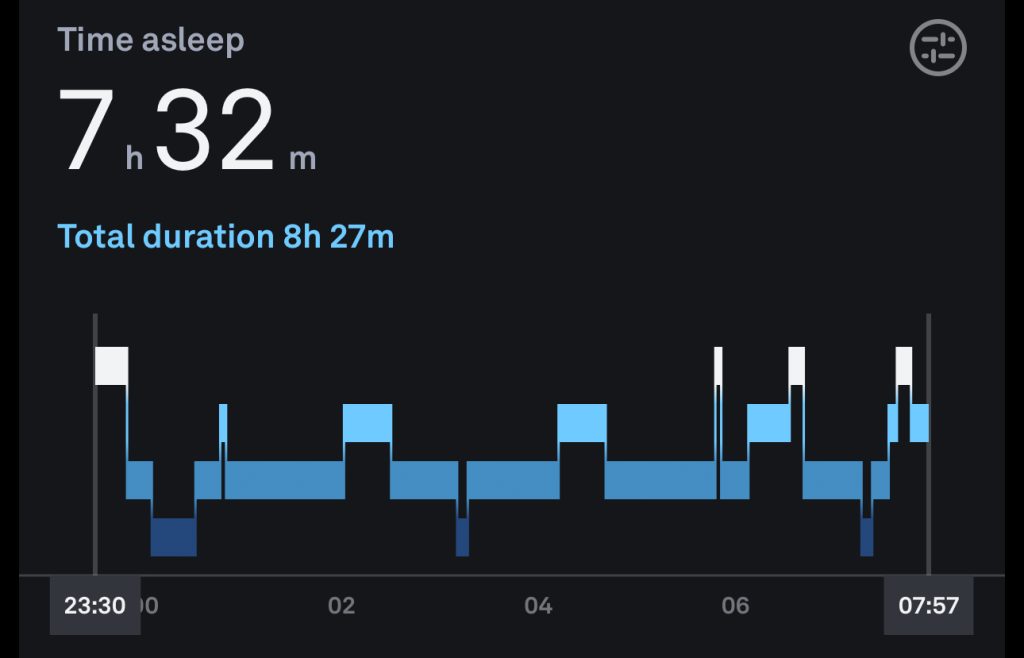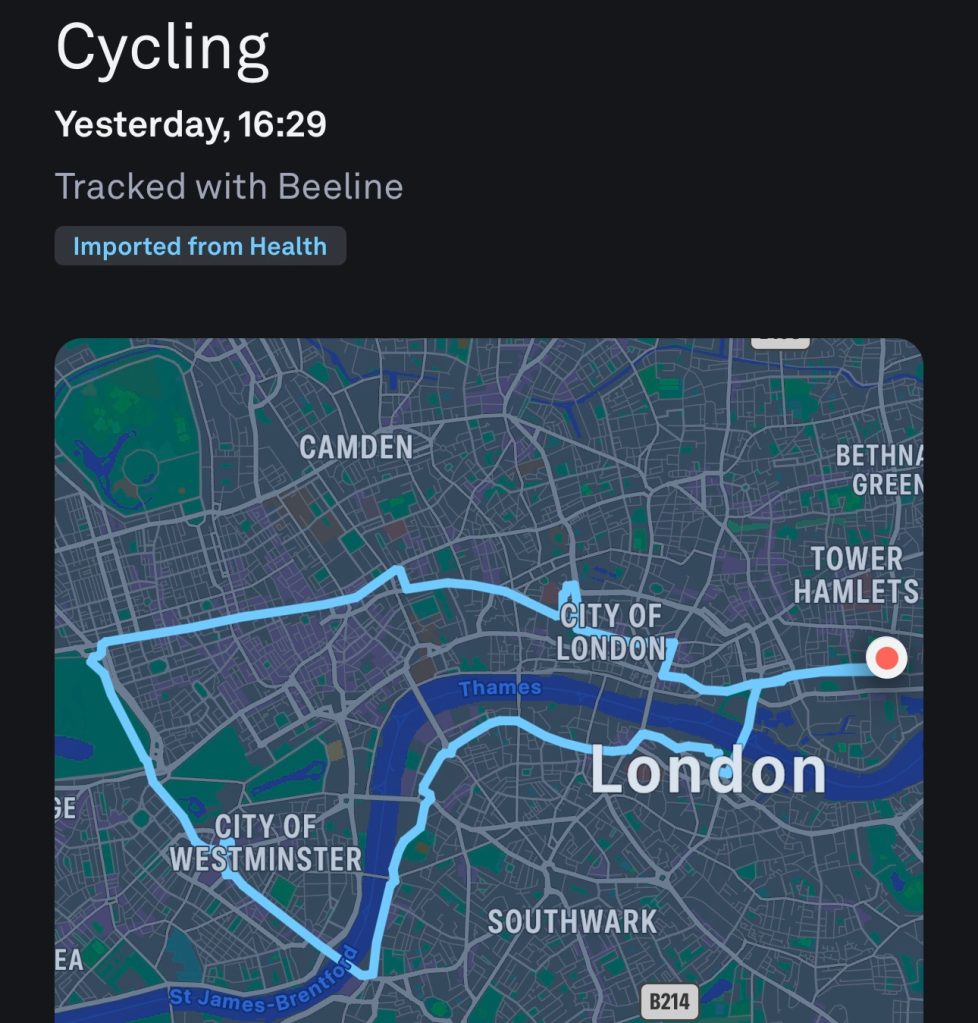
My diary pieces have so far been limited to Apple products, but I’m writing an Oura Ring diary because I view it as a good test of whether I think a long-rumored Apple Ring would be a good idea.
In other words, to answer the question we raised when the launch of the Samsung Galaxy Ring brought the form factor back into the headlines …
While I’d initially planned to try the Galaxy Ring, just because it’s the new kid on the block, it turns out I can’t: Compatibility is restricted to Galaxy phones.
The company is clearly hoping that the ring is a sufficiently attractive proposition to persuade people to switch to a Samsung phone. Within the Android world, maybe it is, maybe it isn’t; time will tell. But the idea that iPhone users are going to switch to Android to be able to use the ring seems very far-fetched. Honestly, if the company wants to shoot its shot here, it would have been better off making it exclusive to Galaxy phones and iPhone.
Still, here we are, so I’m testing the 3rd-gen Oura Ring. My colleague Laura Rosenberg previously reviewed this, and I’ll be referencing some of her findings along the way.

Design
There’s only so much you can do with a ring design-wise, so I wouldn’t expect this to be a particularly distinguishing feature with an Apple Ring.
The Oura Ring is available in two versions:
- Heritage: Original signet ring shape, with a rounded flat top, from $299
- Horizon: Completely circular shape, from $349
I opted for the Horizon. This is available in six different materials and finishes, including stainless steel, titanium, and gold (plate). I went for the standard polished steel silver one shown above.
The ring honestly looks indistinguishable from a standard ring. In particular, I’m impressed how thin it is given all the tech inside. The Horizon has a wedding band look (though it’s recommended to wear it on the index finger for the most accurate results).
I honestly don’t think anyone would know it’s a smart ring from looking at it, unless it’s actively taking a reading at the time, in which case the green glow from the Apple Watch-style LEDs is visible. The only other visual clue is a very discreet white LED on the underside of the ring – this only lights when charging.
Feel, and a problem revealed
I haven’t worn a ring for a great many years. I wore a wedding band when I was married, and that was it.
So for me, just the sensation of wearing a ring is unfamiliar. I remember having almost exactly the same feeling when first wearing an Apple Watch after years without wearing anything on my wrist. I did quickly adapt to that, and think it likely I’ll do the same here.
However, I have found one practical issue. My bicycle has a rotary gear shifter on the inner section of the right handlebar, and the ring comes into contact with this when changing gear. This proved somewhat uncomfortable.
And this brings up a sizing issue. You of course have to buy the correct size. Sizing is the same as conventional rings, but the company sends you a set of dummy rings first to check. My right index finger is size 12 – but my left index finger is size 13, so I can’t just swap hands. Nor can I easily swap fingers, as my middle finger is too big and my ring finger too small.
This is a generic ring issue rather than an Oura Ring issue. Indeed, MKBHD reported similar issues with the Galaxy Ring, which he found caused issues with weights and golf clubs.
I’ve resolved the issue by adjusting my grip when changing gear, but the moral of the story is: When you get the dummy sizing rings, wear one for a few days to check for this type of problem.
Battery-life: A big benefit
One of the limitations of the Apple Watch is that battery life approximates to one day.
You can wear it most of the day and all night by adopting a very deliberate charging regime, but even if you don’t use it for sleep-tracking, charging is something you have to manage on a daily basis. One thing I’ve really appreciated about my switch back to dumb watches is no longer needing to do that.
The Oura Ring, in contrast, claims a one-week battery-life, and so far it seems to be living up to that claim. Taking it off once a week for a couple of hours is certainly a lot more convenient than charging every day.
Data matches the Apple Watch, but claims greater accuracy
The health data available from the Oura Ring is identical to that provided by the Apple Watch – including the blood oxygen and body temperature features supported by the later models.
Oura claims that taking measurements from the index finger is significantly more accurate than those taken from the underside of the wrist, and the reading I’ve done does suggest the science supports this.
I’ll obviously be assessing this over time, but even the first few days of wear have shown the sleep tracking to be dramatically better than the Apple Watch Series 4 which became my night watch.
In particular, the Apple Watch seemed to do a relatively poor job of detecting when I woke up in the night. Indeed, I noticed once or twice that the Health app would show me asleep even during times I was using my iPhone! My early experience of the ring, in contrast, is that it’s spot-on about when I woke, however briefly.

Integration with Apple’s Health app
One of the great things about the way Apple has implemented health features is how integrated everything is. So while the Ring uses its own sensors to directly measure activity, the companion app also draws in data available from other apps which are connected to the Health app.
For example, when I went for a cycle ride yesterday, the Oura app had the correct mileage and a map of my route because it had pulled this in from the Health app, which itself has received it from the Beeline app on my iPhone.

So this means that the accuracy of data in the Oura app isn’t just derived from the ring itself, but also from other devices and apps connected to Health. More on this in a future piece.
Simple metrics
One of the USPs of the Oura Ring is that, while it collects a lot of health data, it aims to simplify the presentation.
You can dig into the data as much as you like, but the key things it presents are four numbers, designed to give you a good overall sense of your condition:
- Resilience
- Readiness
- Sleep
- Activity
Each of these is presented as a score out of 100, together with an adjective summarising that score.
The app says it takes around two weeks for its algorithm to calculate your resilience score, as it needs to establish baseline data over time. I’ll report back on that once it offers me a number.
The Activity, Readiness, and Sleep scores are presented each morning.
For example, it gave my sleep last night a score of 83, which it labels Good. You can then tap on that to see how the score is calculated, and the values for each of the metrics it uses. So in this example:
- Total sleep: 8h25m
- Efficiency: 91%
- Restfulness: Fair (meaning a relatively high amount of movement)
- REM: 19% (good)
- Deep sleep: 8% (good)
- Latency: 10m (the time taken to fall asleep; good)
- Timing: Pay attention (poor, due to going to bed late)
While I examined the detail to understand how the score was calculated, the idea here is that normally we just have four at-a-glance numbers.
A quick note on the subscription
Which brings us to that subscription controversy. If the headline numbers are all we need, then the subscription could be considered something for data nerds. But if key data is lost, then that’s a bigger deal.
I’m certain that’s not something Apple would ever do with health data, so clearly any Apple Ring would give access to everything. However, I will let the free one-month Oura subscription lapse so I can see which data is lost, and report back on that.
Summing up my first impressions
I can sum up my first impressions in a few bullet-points:
- I’m still not yet used to wearing a ring, so we’ll see how that goes
- I really like the fact that I only have to remove and charge it once a week
- It’s a less obtrusive way than a watch to collect health data
- I like that I can wear my own choice of watch while doing so
- It’s substantially more accurate that the Apple Watch when it comes to sleep tracking
Watch this space …
FTC: We use income earning auto affiliate links. More.





